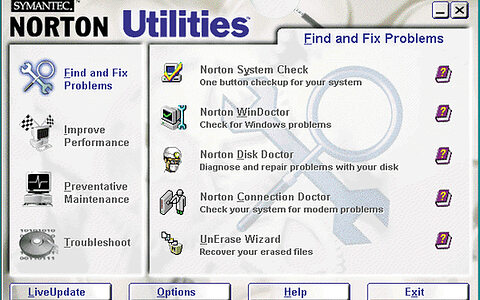
Direct-To-Stereo Recording
You don't necessarily need a multitrack recorder or audio sequencer to make a master-quality recording. Paul White explains how good results can be produced using stereo recording techniques married with MIDI sequencing.
To find the exact phrase, put the words in quotes or join them together with a plus sign e.g. live+recording or "live recording".
To find, say, all live recording articles that mention Avid, enter: live+recording +avid - and use sidebar filters to narrow down searches further.

You don't necessarily need a multitrack recorder or audio sequencer to make a master-quality recording. Paul White explains how good results can be produced using stereo recording techniques married with MIDI sequencing.

The craft of mixing is all about controlling and balancing the relative levels of different instruments. Most of this balancing is done by riding the faders, but dynamic compression can also be a very useful and powerful tool if used appropriately. Hugh Robjohns explains some of the techniques and traps involved in mix compression.

As much as we'd like to buy all the latest PC software, no-one's coffers are bottomless. Martin Walker looks at some of the many free or low-cost alternatives for the PC musician.

This month, Martin Russ steps back and overviews the Macintosh for any newbies, and revisits an often overlooked bit of routine maintenance.

Derek Johnson reports on Atari shows in Stafford and Germany, and rounds up some more ST and Falcon news.

If you fancy making music on the move, a laptop PC looks ideal. Martin Walker looks at some of the options. Norton Utilities Integrator; USB Tips.

Derek Johnson & Debbie Poyser find out how you can use the Internet for promoting, distributing and selling your music, and for getting it heard by the right people.

Having looked at the history and development of built-in effects on synths over the last decade and a half, Paul Wiffen now explores the practicalities of using them, and how to get the best from the keyboards and modules which contain them.

The recording studio inside the virtual world of the computer is real enough, but sometimes you have to treat it with care to get the best from it. Paul White offers a few tips on the subject.

Is BIAS Peak the natural successor to the ageing Sound Designer II, or can the old dog still show it some tricks? Paul White finds out.

Digidesign's Pro Tools is undoubtedly a powerful system, and a hardware control surface such as the Gallery Production Palette can really help to unlock that power. Mike Collins just loves being in control...

Guillemot's MAXI Studio ISIS PCI soundcard system for the PC seems to offer a lot of bang for the buck. John Walden dives in to find out what all the flap is about.

How to find this classic multi-part 'synthesis explained' tutorial series on the current Sound On Sound site.

In Part 1 of this (63-part) series exploring the world of subtractive synthesis, Gordon Reid goes right back to basics. What are waveforms and harmonics, where do they come from, and how does the theory relate to what we actually hear?

Most US synthesizer manufacturers followed the now all-too-familiar corporate history of rapid growth in the 1970s followed by acrimonious dissolution in the 1980s. What happened to Octave, however, was a little different...

Miriam Stockley is one of the premier session singers in the UK; but it's taken her until now to record an album of her own. She talks to Sue Sillitoe about recording the album in her new home studio.

Paul White gets inside Focusrite's new compressor to find out what really makes it tick.

Italian firm Generalmusic have made their reputation in the home keyboard market, but their new Equinox is an extremely well-specified professional workstation.


A new studio microphone from Shure is always well worth investigating. Hugh Robjohns checks out the KSM32 cardioid mic.